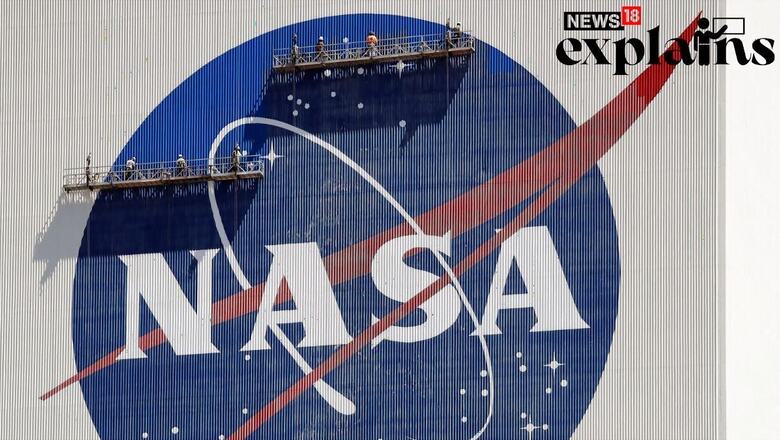
views
Unidentified Anomalous Phenomena (UAP), commonly referred to as UFOs (unidentified flying objects), are one of the greatest mysteries for scientists over the past several decades. Objects in the skies that cannot be identified as balloons, aircraft, or natural known phenomena have been spotted worldwide, without much scientific explanation or concrete evidence.
In order to study the rare and mysterious occurrences, NASA, in June 2022, established an external independent study team to find a way to study data and resources regarding them and shed light on their nature.
The most-awaited report has finally been released by the space agency and after studying hundreds of UFO sightings, the experts said there is no evidence aliens were behind the unexplained phenomena.
However, the space agency has said that it will investigate UAPs (Unidentified Anomalous Phenomena) with improved technology and artificial intelligence.
‘No proof Aliens exist’
The report has said that “there is no reason to conclude that existing UAP reports have an extraterrestrial source.” But NASA Administrator Bill Nelson acknowledged with billions of stars in billions of galaxies out there, another Earth could exist.
However, it added, “if we acknowledge that as one possibility, then those objects must have travelled through our solar system to get here.”
The report didn’t make it clear whether extra-terrestrial life exists, but it didn’t deny the possibility of potential unknown alien technology.
The observation comes after several UAP sightings in the last few years. Between March 5, 2021, and August 30, 2022, the US Department of Defense received a total of 247 new UAP reports, while there have been more than 800 events collected over 27 years.
New UFO boss
The NASA has also appointed a new director of UAP research, but the agency has kept the identity hidden to avoid any threats and harassment during the study.
Dr Daniel Evans, NASA’s Assistant Deputy Associate Administrator for Research, said members of the UAP research panel had received actual threats, according to BBC. Therefore, in view of the security and safety of the team, the team decided not to publish the name of the UAP research director.
The new Director will ensure that the agency’s vast analytical capabilities, including its proficiency in data management, machine learning and artificial intelligence, are contributed to the government’s unified UAP effort, the report said.
AI tools to be Used to Identify UAPs
The report said Artificial intelligence and machine learning are “essential tools” for identifying UAPs.
“These powerful techniques will only work on well-characterized data gathered with respect to strong standards. NASA’s extensive experience in the application of state-of-the-art computational and data-analysis techniques should therefore be leveraged to provide critical assistance,” the report said.
The report also called on NASA to work together with other branches of the US government, using its expertise in space technology to help determine what both previously seen and future UAPs are.
Pentagon investigation on UFOs
NASA’s work is separate from a parallel Pentagon investigation, though the two are coordinating on how to apply scientific tools and methods.
In July, a former US intelligence officer made headlines when he told a congressional committee he “absolutely” believes the government is in possession of unidentified anomalous phenomena — as well as remains of their alien operators.
“My testimony is based on information I’ve been given by individuals with a longstanding track record of legitimacy and service to this country — many of whom also shared compelling evidence in the form of photography, official documentation and classified oral testimony,” David Grusch told lawmakers.
Earlier this week, the alleged bodies of two “non-human” beings were presented during a congressional hearing in Mexico, generating a mixture of surprise, disbelief and ridicule on social media.
The purported mummified remains, which had a grayish color and a human-like body form, were brought by Jaime Maussan, a controversial Mexican journalist and researcher who reported finding them in Peru in 2017.

















Comments
0 comment